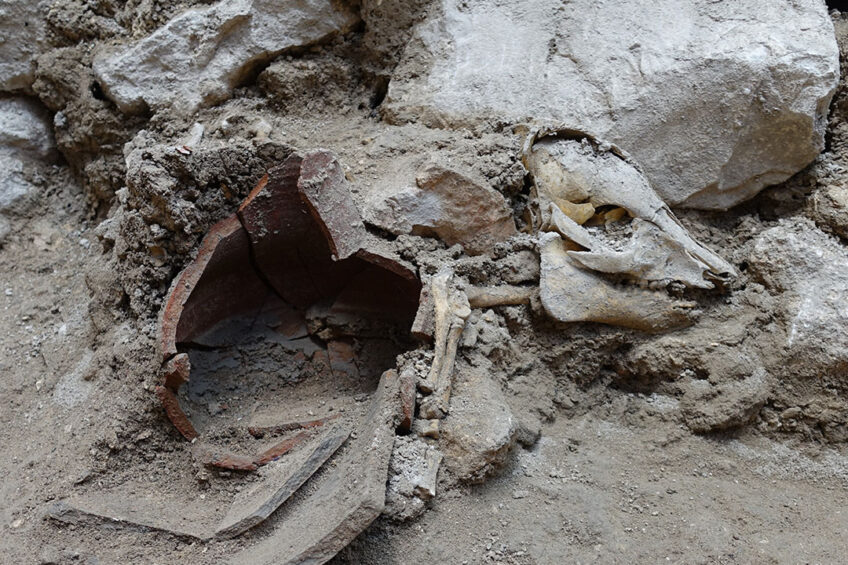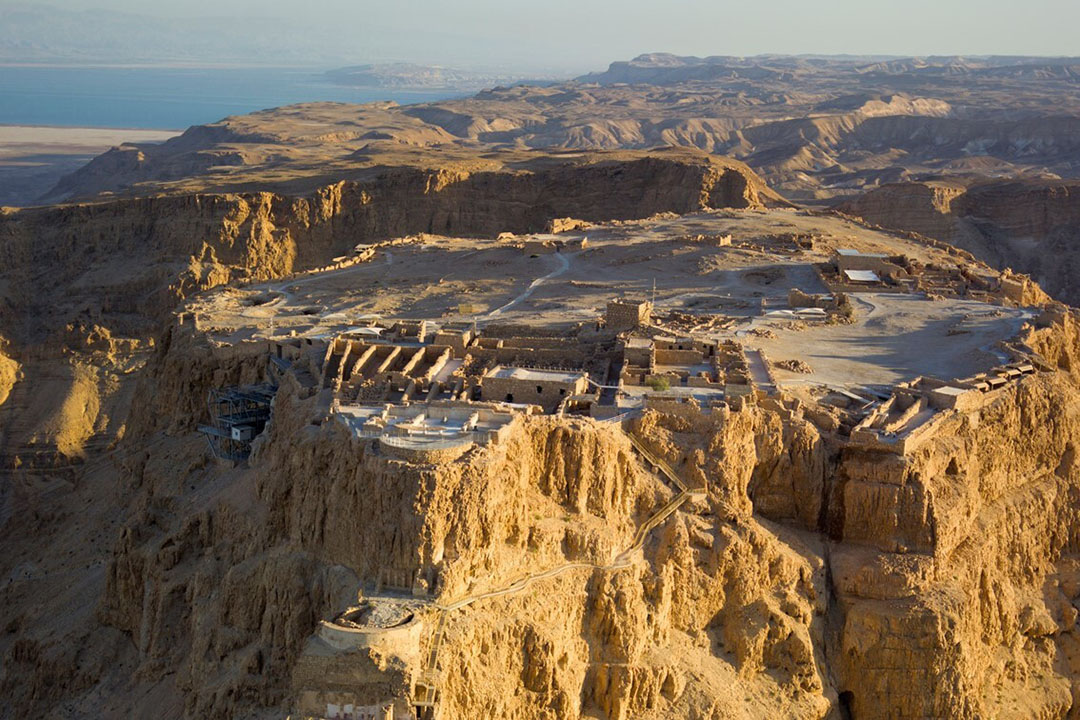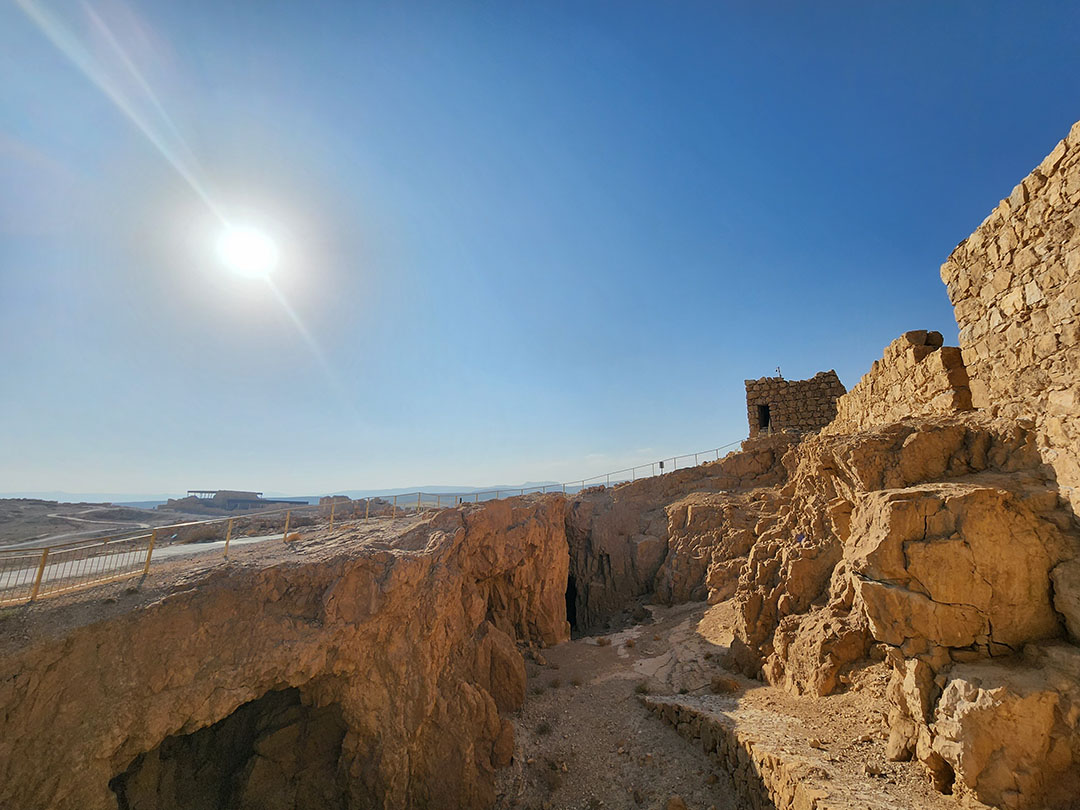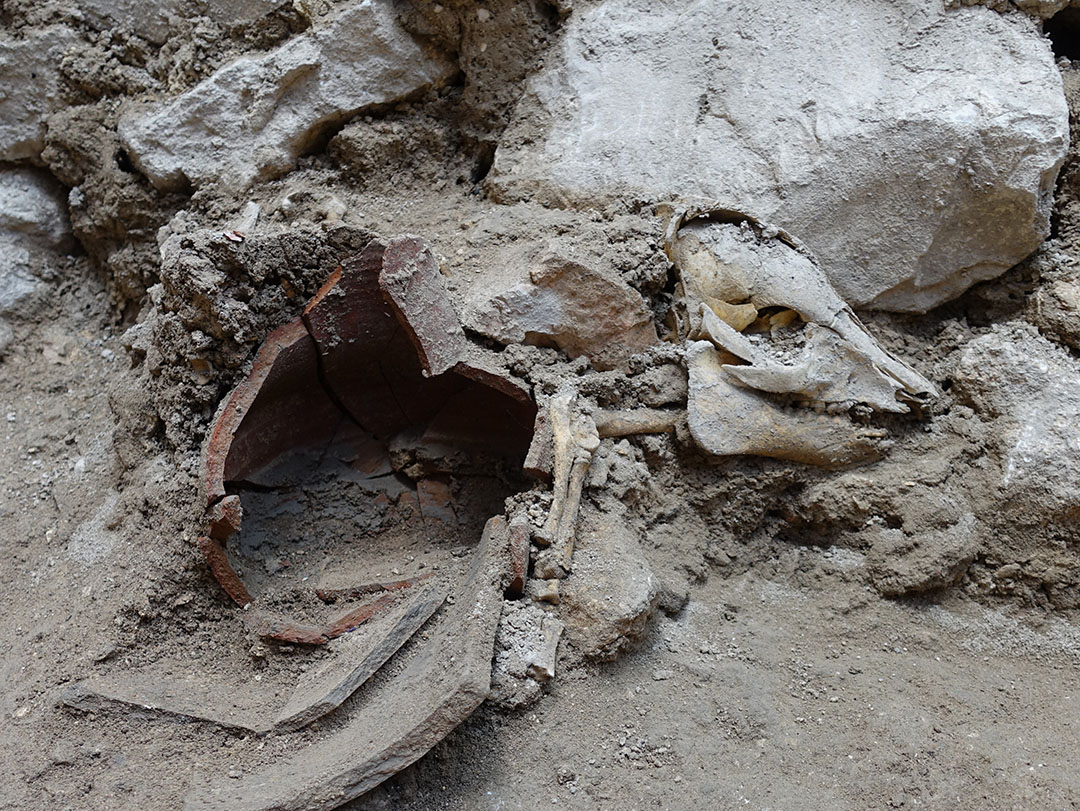Where do pigs fit into Israel’s history?

Pigs have played a role in the life of generations of people all around the globe. Only to reach that conclusion in Israel, was something Pig Progress editor Vincent ter Beek did not expect. Yet the pigs turned out even to be there where one would least expected them.
One of the most fascinating visits of a recent visit to Israel led me to the 2,000 year old mountaintop fortress Masada. This place, once the location of a splendid hideout of king Herod the Great in the desert at about 80 km south of Jerusalem, was said to be the scene of dramatic events in the year 73 AD.
According to the Romano-Jewish author Flavius Josephus, about 1,000 Jewish soldiers chose suicide at the 550m high fortress here over inevitably being captured by Roman armies. In his account, the Roman armies met silence when they broke into the fortress. The only living humans they found were 2 women and 5 children, who had gone into hiding.

A treasure trove for Israel
For the newly established state of Israel (1948), the historic site of Masada was a treasure trove, rich with history of Judaism. Excavations between 1963 and 1965 by archaeologist Yigael Yadin brought to light two palaces, a synagogue as well as a Byzantine church.
They also yielded about 28 skeletons in the direct vicinity of Masada. Three of them were found in a palace bathhouse, and another 24 or 25 in a cave outside and below the Masada walls. Carbon dating confirmed the time: first century AD. At the time it was assumed that these must have belonged to the Jewish defenders. The remains were buried officially under Jewish law in a state ceremony in 1969.

Pig bones among the skeletons
Yadin wrote various books about the excavations. What he did not write about, but what protruded into the Jerusalem Post in 1969 and later in 1981, shed some unexpected light on the discovery. Animal bones had been found next to the human remains – including pig bones. Seeing that in Judaism, pigs are not considered kosher, how could that be explained?
The US-Israeli historian Joseph Zias pointed out that in the classical era, the vast majority of the time the mountain top had been inhabited by Roman soldiers (before 66 AD as well as after 73 AD), that Romans would normally bury their dead outside city walls – and, logically, that the cave in itself was hard to reach from the top, but better from below.
Last but not least, he also pointed to the Roman custom to sacrifice (and consume) an animal with every burial. Even the Roman philosopher Cicero writes about this, as he once said, “Only when a pig has been sacrificed was a grave legally a grave.”
That habit has been confirmed by excavations all over Europe, by the way. Very recently, for instance, Spanish researchers concluded extensive research to burial rituals in and around Barcelona’s inner city in the Roman age, as reported by El País in August 2022. On a burial site, just a stone’s throw away from the Ramblas, 66 graves were found between 2002 and 2003. Remains were found of quite a number of animals. The team wrote that up to 30% of them had been of pig origin, whilst other animal remains belonged to cattle, goats, and chickens – with also deer, hare, rabbit and even fox were found.

Not common, yet perhaps on the menu?
Another interesting thought comes to mind when considering the fact that pig remains do continue to be found in rather unexpected archaeological places in Israel. In 2021, pig bones were found in the remains of a Jerusalem home dating back 2,700 years – going as far back as to the time of the First Temple. The Jerusalem Post quoted the researchers saying: “Considering where we found the pig, there is no reason to believe it was there for any purpose other than consumption.”
The authors speculated that perhaps even though it wasn’t very common, some people would have been eating pork. One explanation that could be given is that also Judaism may have evolved over the many centuries. And that sometimes, in ancient times, perhaps pork simply was eaten.
Back to Masada: It’s unlikely that it will ever become clear what the pig remains were exactly doing there. The burial site of Masada’s human remains received a nice monument, at the foot of the ramp where once the Romans began their ascent to storm Masada.
What ever happened to Masada’s pig bones after the excavations, I haven’t been able to figure out.







